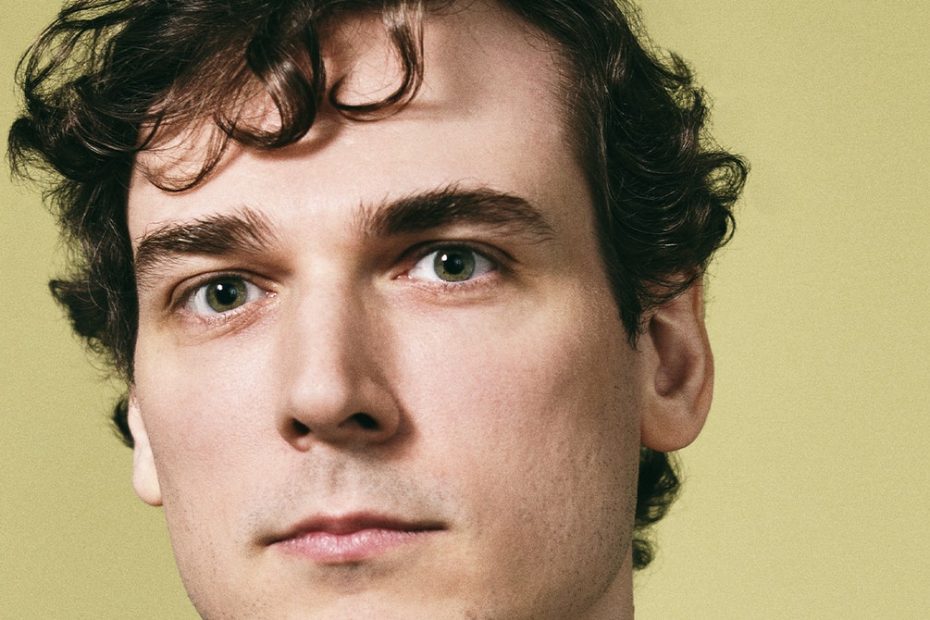Roeland Decorte grew in a nursing home in Belgium, where he learned to recognize the subtle early signs of mental decline in small changes in the way residents walked or talked. When Decorte was 11, his father, who owned and managed the nursing home, began waking in the middle of the night with chest pains and an overwhelming sense of impending doom.
He went to two doctors, who listened briefly to his heartbeat through their stethoscopes and diagnosed him with anxiety. But the symptoms persisted, and it wasn’t until he underwent a full battery of scans at a private hospital that a third doctor discovered the source of the problem: a small hole between the left and right ventricles of his heart. If he hadn’t noticed it, it would have been fatal: he was 39.
With disaster averted, young Decorte was able to concentrate on his studies and at 17 he was a student at Cambridge University, the youngest Belgian ever to attend the prestigious university. (This caused some logistical problems: his tutor had to become his legal guardian and a new payment system had to be introduced at the university bar to prevent him from buying alcohol like his peers.)
He spent the next seven years specializing in cracking ancient codes, with a comfortable career in academia (or a more exciting one as an Indiana Jones-style relic hunter) beckoning. But Decorte couldn’t stop thinking about what had happened to his father, and how he could have been diagnosed much sooner if a doctor, any doctor, had listened to his heart for more than 30 seconds. So in 2019, with no medical training but armed with the confidence that only an Oxbridge education can provide, the then 27-year-old Decorte set up a company and turned his attention to cracking another ancient code: the secret rhythm of the heart.
There’s an AI boom in healthcare, and the only thing slowing it down is a lack of data. Meanwhile, time-pressed doctors can only gather information sporadically. Wearables like smartwatches may be able to measure heart rate, but they’re bad at more specific diagnoses (partly because the wrist is about as far away from the real vital organs as you can get).
Decorte wanted to develop a piece of technology that could continuously and accurately monitor the body, so that people like his father could get the treatment they needed more quickly. He started by trying to build sensors into clothing so that people could track their vital signs without a doctor’s visit. Then he designed an elaborate exoskeleton packed with sensors to measure all sorts of ailments. This attracted some military interest, but wouldn’t have helped someone like Decorte’s father much. “I was very naive,” he said when we met recently in the wood-paneled basement of a posh café in Mayfair, London. “I worked full-time in the spare bedroom of my house for about two years and did nothing else.” But the problem he kept running into was noise: unless you could build a device that pressed each sensor directly against the skin, there was too much random interference from people moving around the world to get a good picture of what was actually happening inside the body.

